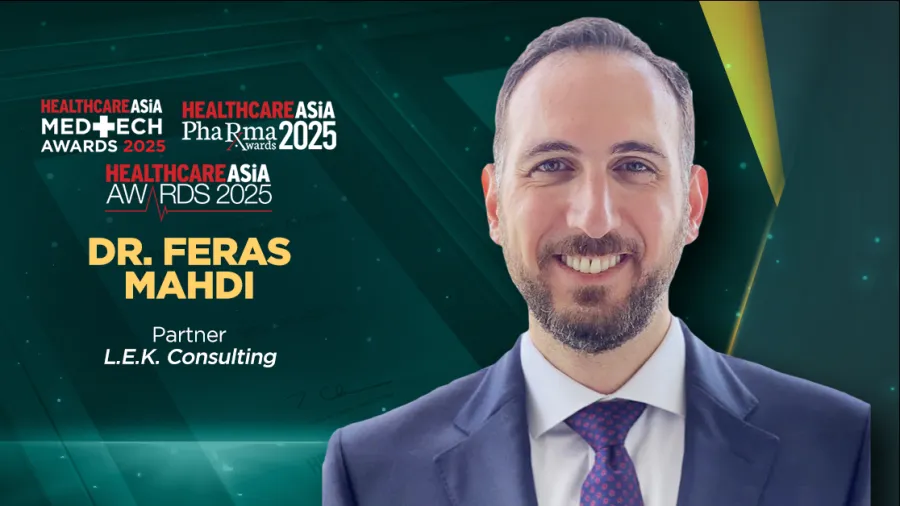
Build healthcare resilience with a proactive and adaptive approach – L.E.K. Consulting’s Dr Feras Mahdi
He highlighted Asia’s healthcare transformation, technology integration, and building long-term resilience.
Asia's healthcare industry is navigating demographic shifts, rising healthcare demands, and rapid technological advancements. To enhance efficiency and accessibility, healthcare systems are embracing digital innovation, preventive care, and new models of service delivery.
As healthcare systems adapt, industry leaders play a crucial role in shaping the future of healthcare delivery. Dr Feras Mahdi, Partner at L.E.K. Consulting, shares his insights on navigating these changes. With over 20 years of experience in healthcare and medical technology, he has advised organisations across more than 25 countries on strategy, market access, and commercial growth. He has held leadership roles in consulting and industry, leading regional strategies, commercial initiatives, and large-scale healthcare transformation projects.
Before joining L.E.K., Dr Mahdi held leadership positions in consulting and industry, spearheading regional strategies and commercial initiatives. He played a key role in launching AI-powered diagnostic devices and led transformative projects across the public and private healthcare sectors. He co-founded a medical device company specialising in bacteria-resistant catheters, demonstrating his commitment to advancing medical technology.
As a judge at the Healthcare Asia Awards 2025, Dr Mahdi discussed the key drivers of healthcare transformation, the integration of technology-driven strategies, and the future of patient-centred care across Asia.
Given the rising healthcare demands in Asia, what are the key factors driving large-scale transformation in both public and private healthcare sectors?
Healthcare across Asia is undergoing rapid transformation due to several converging factors. Demographic shifts—including urbanisation, ageing populations, and the rising burden of chronic diseases—are significantly increasing the demand for efficient and scalable healthcare solutions. At the same time, staff shortages and the growing pressure to drive efficiency without compromising quality of care are forcing healthcare systems to rethink traditional care models. Governments are responding with major policy reforms, expanding universal healthcare coverage, and fostering public-private partnerships to strengthen infrastructure.
Technology is playing a pivotal role in this transformation. Digital health solutions, including the widespread adoption of electronic medical records (EMRs), are improving efficiency, clinical outcomes, and patient experience. Telemedicine is expanding access, particularly in rural areas, addressing workforce constraints whilst enhancing care delivery. Additionally, health tech is helping healthcare providers optimise workflows, reduce administrative burdens, and maintain quality amidst workforce shortages.
Private sector investment in hospitals, medical research, and digital health solutions is driving innovation, whilst a greater emphasis on preventive care and personalised medicine is shifting the focus from treatment to wellness. As healthcare systems evolve, the challenge remains to balance cost-effectiveness, accessibility, and high-quality care, ensuring that technological advancements translate into meaningful improvements for both patients and providers.
With the rapid growth of telemedicine, what strategies should companies implement to ensure long-term adoption and integration into traditional healthcare systems?
Telemedicine has transformed healthcare, but for long-term success, it needs to integrate seamlessly with traditional systems. First and foremost, regulatory compliance and insurance reimbursement are key. Without proper frameworks in place, adoption will remain limited.
Another critical factor is interoperability—telemedicine platforms must connect with hospital EMRs to ensure smooth data exchange between virtual and in-person care. This will help maintain continuity and improve efficiency.
We’re also seeing the growing role of wearables and remote monitoring. These technologies allow for real-time health tracking, making telemedicine more proactive, especially for chronic disease management. Similarly, home care and virtual nursing services can expand access and reduce hospital dependency.
None of this works without strong data security to protect patient information and build trust. And finally, training healthcare professionals in telehealth best practices is essential to making these solutions truly effective.
When all these elements come together—policy support, interoperability, remote monitoring, home care, security, and training—telemedicine moves from being an alternative to becoming a fully integrated and sustainable part of healthcare.
With the increasing importance of preventive care, what innovative approaches can organisations take to promote public health and wellness across Asia?
Preventive care is becoming an essential focus in healthcare, and organisations must adopt proactive and technology-driven strategies to promote public health and wellness. AI-driven predictive analytics can help identify high-risk populations for early intervention, whilst wearable health devices and IoT technology enable individuals to monitor their own health in real time, encouraging preventive action.
Gamification and behavioural nudges, such as mobile apps that reward healthy behaviours, can increase engagement, making preventive care more accessible and motivating. Corporate wellness programmes also play a crucial role, particularly in improving lifestyle habits amongst working populations.
Beyond digital solutions, community-based health initiatives and educational campaigns are vital in reaching rural and underserved areas. Additionally, integrating public health strategies into smart city initiatives can help create healthier urban environments by improving access to health services, nutrition, and active living spaces.
Ultimately, a multi-stakeholder approach—combining technology, policy, and community engagement—is key to making preventive care more effective and widely adopted across Asia.
What strategies can healthcare providers adopt to drive innovation in medical devices and services whilst ensuring practical implementation and patient benefit?
Healthcare providers must balance technological advancement with real-world applicability to drive meaningful innovation in medical devices and services. One of the most effective strategies is cross-sector collaboration—bringing together startups, academic institutions, and healthcare providers to develop solutions that directly address patient needs.
Regulatory sandboxes play a crucial role in this process, allowing emerging technologies to be tested in controlled environments before full-scale deployment. Additionally, human-centred design should be a priority—medical devices must be user-friendly, affordable, and culturally relevant to ensure widespread adoption.
To maximise impact, healthcare providers must also focus on scalability and affordability, particularly in emerging markets, where cost-effective solutions can significantly improve access to care. By combining collaboration, regulatory flexibility, user-focussed design, and affordability, healthcare providers can drive innovation whilst ensuring practical implementation and patient benefit.
How can healthcare organisations build long-term resilience and adaptability in response to future global health challenges?
Healthcare organisations must take a proactive and adaptive approach to resilience, ensuring they are prepared for future global health challenges. Big data analytics can help anticipate crises by identifying early warning signs and patterns, enabling faster and more effective responses.
Strengthening decentralised care models, such as community health hubs and large-scale remote care solutions, can reduce reliance on hospitals whilst ensuring continuous patient monitoring and treatment. Telemedicine and remote patient monitoring can extend care to underserved areas and maintain healthcare accessibility during disruptions.
A robust and localised supply chain is also critical to preventing disruptions in medical supplies, particularly in times of crisis. Crisis and emergency planning must be prioritised, with regular simulations and stress testing to assess response capabilities and refine protocols.
Collaboration between governments and the private sector is essential—flexible funding models can enable rapid deployment of resources when needed. Additionally, upskilling healthcare professionals in crisis management, digital health solutions, and remote care delivery will ensure that systems remain adaptable and responsive.
Finally, global collaboration and knowledge-sharing will strengthen healthcare systems by allowing countries to learn from each other’s experiences. Resilience lies in adaptability, and organisations that integrate technology, decentralised care, emergency preparedness, and policy innovation will be best positioned to navigate future health challenges.
As a judge at the Healthcare Asia Awards 2025, what key attributes will you be looking for in the nominated projects?
First and foremost, innovation. Is the project introducing a breakthrough idea, whether in technology, patient care, or hospital management?
Secondly, patient impact. The ultimate goal of any healthcare initiative should be improving patient outcomes. Whether it's reducing mortality rates, enhancing treatment efficiency, or providing better access to care, I’ll be looking for projects that make a real difference in people’s lives.
Scalability is another major factor. A successful project is not just impactful in one hospital or one region; it should have the potential to be replicated across multiple institutions, benefiting a wider population.
Sustainability is also crucial. We need to see if the initiative is built for long-term success. Does it have the financial, operational, and strategic backing to continue delivering results beyond the initial implementation?
And finally, workforce transformation. Healthcare is about people—doctors, nurses, and medical professionals. Projects that invest in workforce training, leadership development, and employee well-being contribute to the overall excellence of healthcare institutions.
As a judge, I’ll be looking for initiatives that are innovative, patient-focussed, scalable, sustainable, and transformative for the healthcare workforce—because these are the projects that will shape the future of healthcare across Asia.
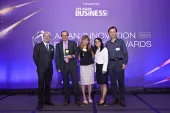

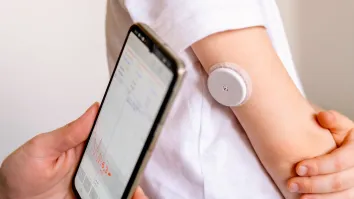


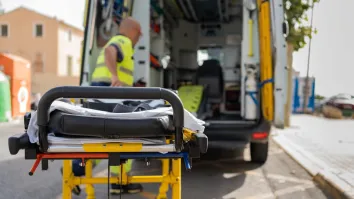



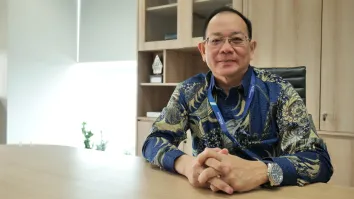
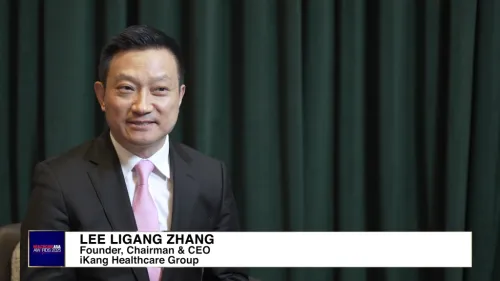
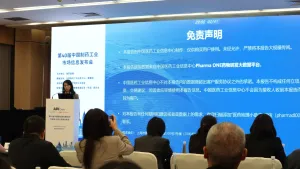
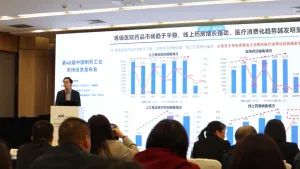
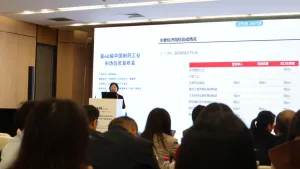
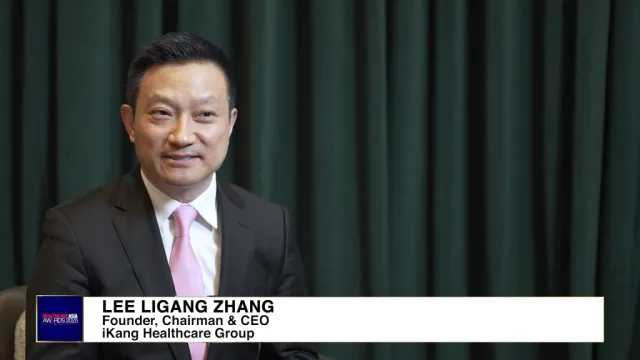
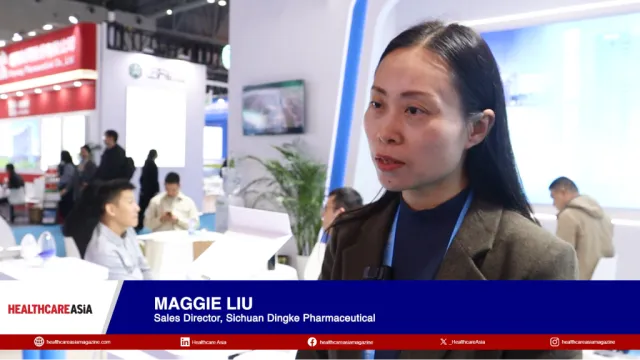

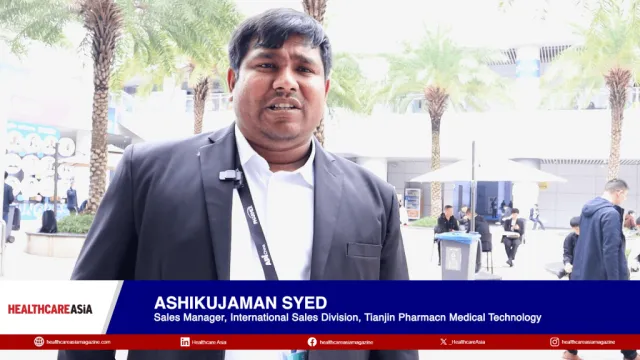
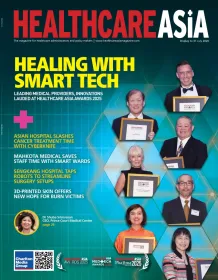
 Advertise
Advertise






